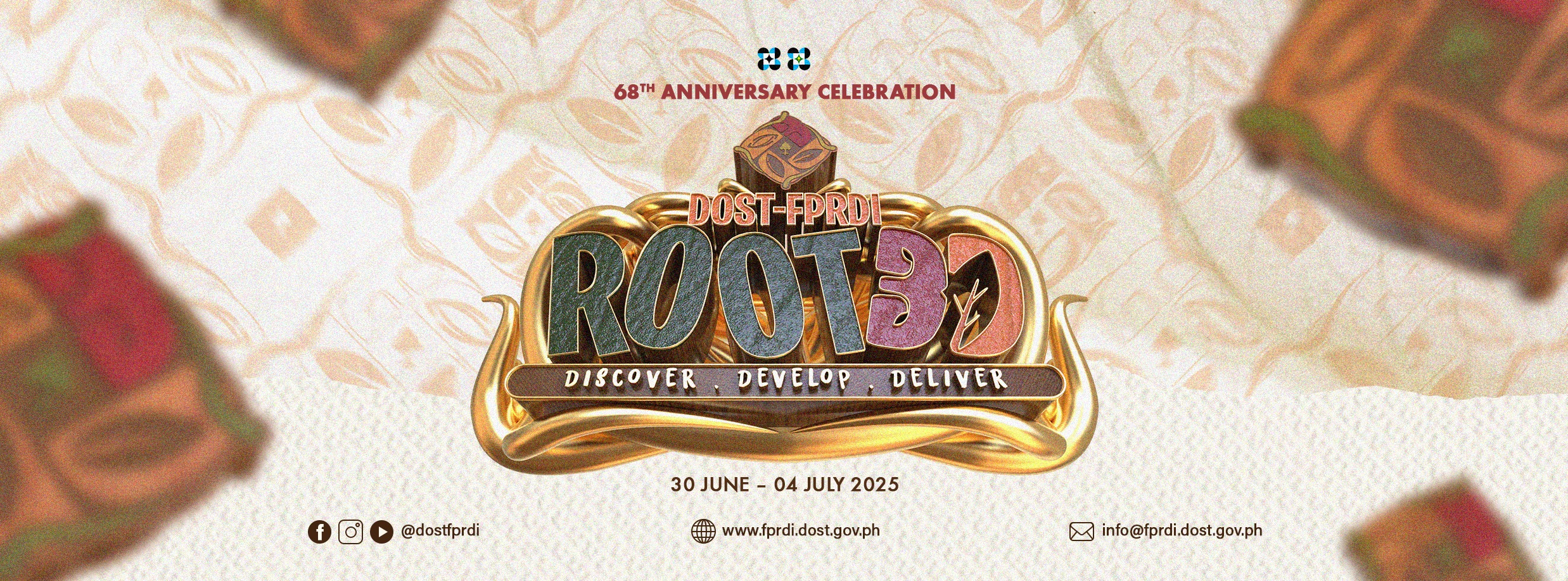Preservation and Protection
CCA Preservative Test
- Determines the depth of penetration of the chemical reagent Chrome Azurol S applied to wood for preservation purposes; results indicate whether or not the amount of copper-chrome arsenate (CCA) is sufficient to protect the wood from fungal and insect damage.
- Also determines the retention level of CCA or the amount of chemical preservative retained in the wood after it has been treated.
- Based on PHILSA 131:78 (Philippine Standard for the Preservative Treatment of Poles).
Wood and Wood Products Tests
- Wood and wood products are cellulosic materials that are susceptible to attacks by bio-deterioration organisms.
- Although some species of wood are considered naturally durable, they are still prone to fungal and insect attack when conditions permit. Thus, treatment with preservatives is needed to prolong their service life.
- Wood preservatives are chemicals applied to wood and wood products as protection from damage by insects, fungi and marine borers. These preservatives undergo microbiological, pathological, entomological and clinical tests before they are recommended for commercial use. Their relative effectiveness against some fungi species (molds, stain and decay) and insects (termites and powder-post beetles) is first tested in the laboratory. Further study is done to estimate the performance of the preservatives under field condition.
- Based on the following standards:
- ASTM D2017-05 (Standard Test Method of Accelerated Laboratory Test of Natural Decay Resistance of Woods)
- ASTM D1758 -06 (Standard Test Method of Evaluating Wood Preservatives by Field Tests with Stakes)
- ASTM D1413 -07 (Standard Test Method for Wood Preservatives by Laboratory Soil-Block Cultures)
Pole Bending and Treatability Tests
- Pole bending test determines a pole’s strength in terms of fiber stress or the maximum load that it can carry when installed in the field using a dynamometer.
- Treatability test determines the maximum amount of chemical preservative (in kg/m3) that can be absorbed by the pole using the full cell process method.
- Based on ASTM D1036-99(2005) (Standard Test Methods of Static Tests of Wood Poles).









